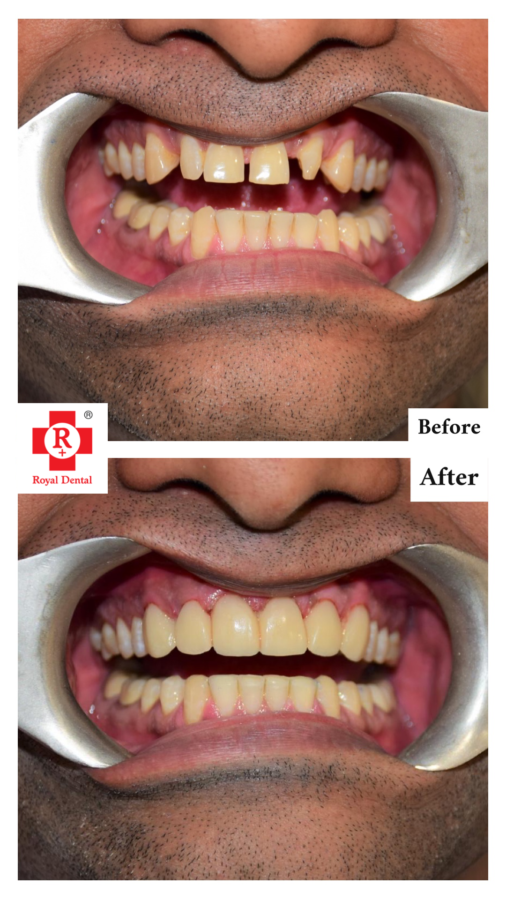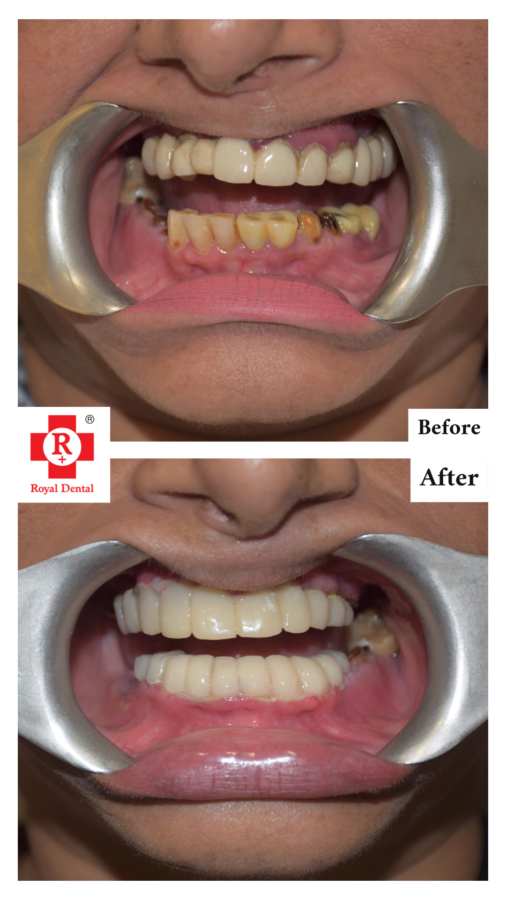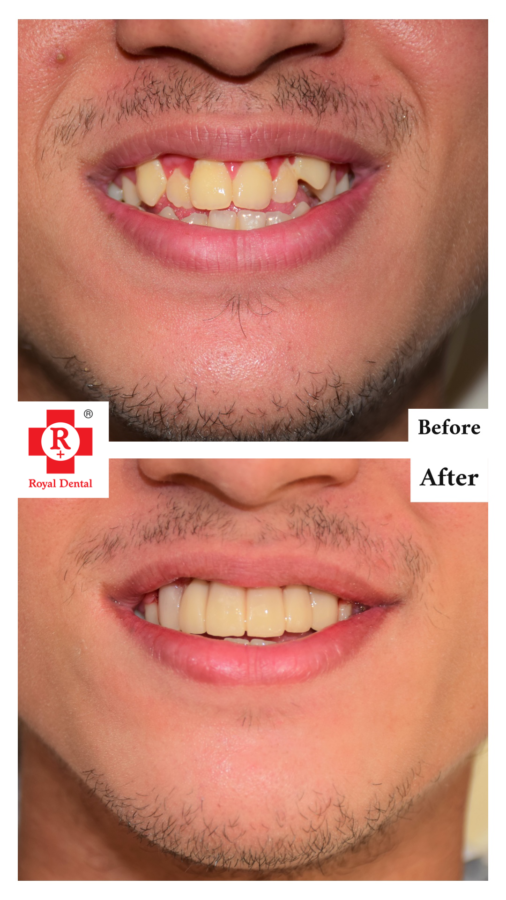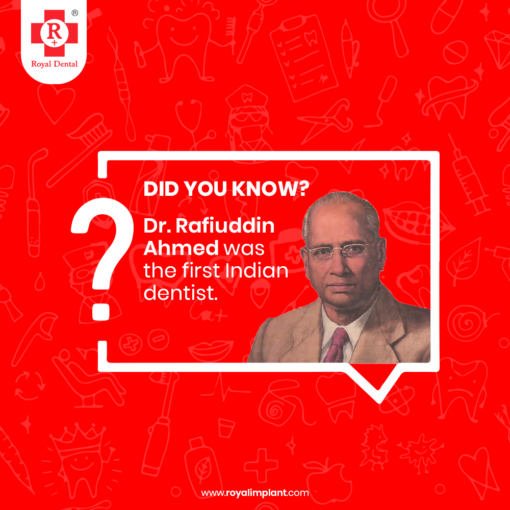The Indian dental industry is currently experiencing a boom that is projected to continue over the next several years. As more people become aware of the importance of dental health, the demand for dental services and products has never been higher. Compound Annual Growth Rate (CAGR) of the Indian dental industry is one of the highest in the world and is estimated to increase significantly in the coming years. This article will explore the trends that have led to this impressive growth, as well as provide projections for the future. It will also discuss the implications of these trends for those who are looking to invest in the Indian dental industry. With an ever-growing population, an expanding middle class, and an emphasis on dental health, the Indian dental market promises to continue to be a major player in the global economy.
Overview of the Indian Dental Industry
The Indian dental industry is a rapidly growing sector, with an increasing number of people becoming aware of the importance of dental health. According to the Indian Dental Association, the dental industry in India is estimated to be worth over $5 billion, with an estimated Compound Annual Growth Rate (CAGR) of 20%. This impressive growth rate is attributed to several factors, including an increase in disposable incomes, more advanced dental technologies, increasing awareness of dental health, and the rise of dental tourism.
The dental industry in India encompasses a wide range of services and products. These include dental implants, prosthodontics, orthodontics, periodontics, endodontics, surgical procedures, and even cosmetic dentistry. The industry also includes products such as toothpaste, toothbrushes, and other dental hygiene products. In addition, the industry includes a variety of dental instruments and equipment such as dental chairs, autoclaves, and dental x-ray machines.
Overview of the Compound Annual Growth Rate (CAGR)
The Compound Annual Growth Rate (CAGR) of the Indian dental industry is one of the highest in the world, estimated at 20%. This impressive growth rate is attributed to several factors, including an increase in disposable incomes, more advanced dental technologies, increasing awareness of dental health, and the rise of dental tourism.
The CAGR of the Indian dental industry has been increasing steadily over the last few years, with the industry expected to experience a further increase in the coming years. This is due to the rising demand for dental services, products, and equipment, as more people become aware of the importance of dental health.



The Compound Annual Growth Rate (CAGR) of India’s dental industry has been growing at a steady pace over the past few years. According to a report by Research and Markets, the Indian dental market was valued at around USD 1.4 billion in 2019 and is expected to grow at a CAGR of around 9% between 2020-2025.
Overall, the dental industry in India is poised for continued growth in the coming years, driven by a range of economic, demographic, and policy factors.
Factors affecting to CAGR of Indian Dental Industry
Factors contributing to the growth of India’s dental industry include an increase in disposable income and awareness of oral health, a growing aging population, and a rise in dental tourism. Additionally, the increasing availability of dental insurance and government initiatives to promote oral health care have also contributed to the growth of the dental industry in India.
The dental industry in India includes a wide range of services and products, including dental equipment, consumables, orthodontic products, and dental implants. The market is highly fragmented, with a large number of small and mid-sized players, as well as a few large multinational corporations.
There are several factors that have contributed to the impressive CAGR of the Indian dental industry. These include an increase in disposable incomes, more advanced dental technologies, increasing awareness of dental health, and the rise of dental tourism.
ROYAL DENTAL CLINICS | TEETH IN A DAY WITH DENTAL IMPLANTS | DENTAL IMPLANT CLINIC MUMBAI
The increasing disposable incomes of Indian citizens have led to an increase in the demand for dental services and products, as more people can afford them. In addition, more advanced dental technologies, such as 3D imaging and laser dentistry, have made it easier for dentists to provide better care to their patients.
Furthermore, the increasing awareness of dental health has led to an increased demand for dental services, as more people recognize the importance of taking care of their teeth. Finally, the rise of dental tourism has led to an increased demand for dental services and products. As more people are looking to get dental treatments abroad.
Several factors contributing to Indian dental industry
Increasing Awareness of Oral Health: In recent years, there has been a growing awareness of the importance of oral health in India. This has led to an increase in demand for dental services and products, as more people seek out preventive and corrective dental care.
Rise in Disposable Income: The increasing disposable income of the Indian population has also contributed to the growth of the dental industry. As people have more money to spend on healthcare, they are more likely to invest in dental services and products.
Aging Population: India has a growing aging population, and older adults tend to require more dental care than younger people. This has created a larger market for dental services and products catering to the elderly.
Dental Tourism: India has become a popular destination for dental tourism, as the country offers high-quality dental care at a fraction of the cost of Western countries. This has led to an influx of foreign patients seeking dental treatment in India.
Government Initiatives: The Indian government has launched several initiatives to promote oral health and provide affordable dental care to the population. These initiatives have included the launch of national oral health programs and the establishment of dental clinics in rural areas.
Current Trends in the Indian Dental Industry
It is currently experiencing several trends and changes that are likely to shape the future of the industry. These include the increasing demand for cosmetic dentistry. The rise of the dental tourism industry, and the emergence of new technologies.
The increasing demand for cosmetic dentistry is one of the most notable trends in the Indian dental industry. This is due to the rising disposable incomes of Indian citizens and the increasing awareness of the importance of dental health. More and more people are looking to get dental treatments that can improve their appearances. Such as teeth whitening, veneers, and implants.
The rise of the dental tourism industry is another trend that is likely to shape the future of the Indian dental industry. With more people looking to get treatments abroad, the demand for dental services and products is increasing. This is due to the lower cost of treatments abroad, as well as the availability of advanced technologies and treatments.
Finally, the emergence of new technologies is another trend that is likely to shape the future of the Indian dental industry. Technologies such as 3D imaging and laser dentistry have made it easier for dentists to provide better care to their patients. In addition, new products, such as toothpaste and toothbrushes, have also increased the demand for dental services and products.
Projections for the Indian Dental Industry
The projections for it are optimistic. With the industry expected to continue to experience significant growth over the next few years. According to a recent report, the CAGR of the Indian dental industry is expected to increase to 25% by 2021. This is due to the increasing demand for dental services and products. As well as the emergence of new technologies and treatments. In addition, the increasing disposable incomes of Indian citizens. As well as the increasing awareness of the importance of dental health. Are expected to contribute to the growth of the industry.
Implications for Investing in the Indian Dental Industry
The growth of the Indian dental industry presents several opportunities for those looking to invest in the industry. For those looking to take advantage of the growth of the industry, several investments can be made. These include investing in dental clinics, dental equipment and products, and even dental tourism.
The growth of the Indian dental industry also presents several challenges for those looking to invest in the industry. These challenges include finding the right investment opportunities. Navigating the regulatory landscape, and dealing with the increasing competition in the industry.

Benefits of Investing in the Indian Dental Industry
Despite the challenges that come with investing in the Indian dental industry, there are also several benefits. For those looking to invest in the industry, there is the potential for significant returns. As the industry is expected to continue to experience significant growth in the coming years. In addition, the industry is relatively stable, with several established players in the market. Finally, the Indian dental industry is well-positioned to benefit from the increasing demand for dental services and products, as more people become aware of the importance of dental health.
Digital Dentistry: The use of digital technologies such as intraoral scanners, CAD/CAM systems, and 3D printing is rapidly transforming the dental industry. These technologies enable dentists to provide faster, more accurate, and more personalized treatment to patients.
Cosmetic Dentistry: The demand for cosmetic dentistry services is increasing in India, as more people seek to improve the appearance of their teeth and smile. This has led to the growth of services such as teeth whitening, veneers, and orthodontics.
More Benefits of Investing in the Indian Dental Industry
Implant Dentistry: Dental implants are becoming increasingly popular in India, as they offer a permanent solution for missing teeth. The growth of the dental implant market has been driven by factors such as increasing awareness of dental implants, technological advancements, and a rise in disposable income.
Tele-dentistry: The COVID-19 pandemic has accelerated the adoption of tele-dentistry services in India. Tele-dentistry enables patients to receive dental consultations and treatment remotely, which has become increasingly important during the pandemic.
Environmental Sustainability: There is a growing awareness of the environmental impact of the dental industry, and many dentists and dental practices in India are taking steps to reduce their environmental footprint. This includes the use of eco-friendly materials, reducing waste, and implementing sustainable practices in their operations.
Challenges of Investing in the Indian Dental Industry
As with any investment, several challenges come with investing in the Indian dental industry. These include finding the right investment opportunities, navigating the regulatory landscape, and dealing with the increasing competition in the industry. Finding the right investment opportunities can be difficult, due to the number of established players in the market. In addition, the regulatory landscape can be complex, with several different regulations to follow. Finally, the increasing competition in the industry can make it difficult for investors to get a foothold in the market.
Conclusion
For those looking to invest in the Indian dental industry, there are several opportunities, as well as several challenges. The industry is well-positioned to benefit from the increasing demand for dental services and products and can provide significant returns for investors. However, investors should be aware of the challenges that come with investing in the industry. Such as finding the right investment opportunities. Navigating the regulatory landscape, and dealing with the increasing competition in the industry.






